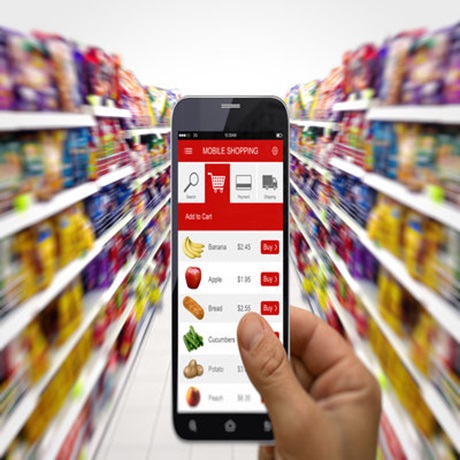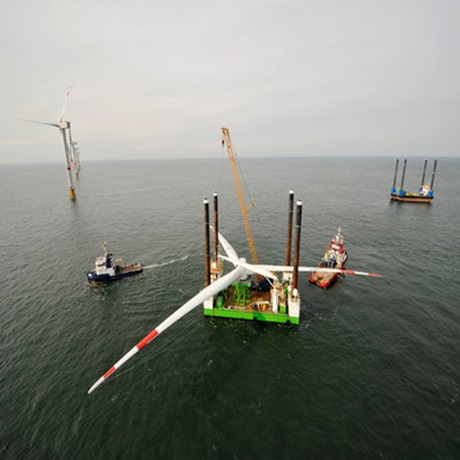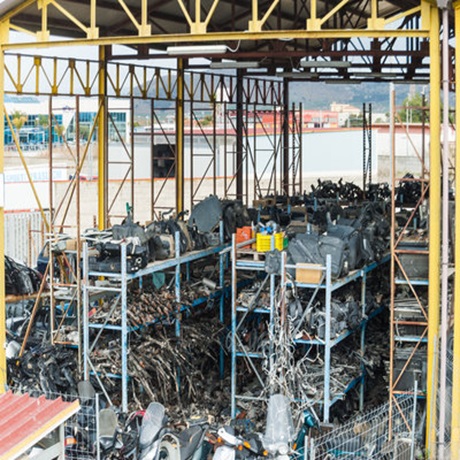At a glance
- DatesApril 2016 – July 2016
- SponsorGS1 UK
- Funded£30,000 (two-thirds to Cranfield)
- PartnersLCP Consulting
We have identified how apparel retailers and brands can manage or reduce the total cost-to-serve in omnichannel supply chains through:
- Establishing the key challenges in understanding and managing the cost-to-serve in apparel retail
- Recognising the key cost areas and levers at each stage of the value chain
- Identifying the benefits of GS1 standards on the cost-to-serve.
This research, with Dr Vahid Mirzabeiki as project lead, is aiming to identify how data, created by GS1 standards, can help manage or reduce the total cost-to-serve in apparel (clothing) omnichannel distribution networks.
This is through providing a clear description of the apparel supply chain types; identifying the core drivers of supply chain efficiency across these chains by considering the time and cost associated with different supply chain activities; and by identifying the areas where GS1 standards support improving these efficiencies.
Progress update
Beyond the cost of the garment itself, as an apparel product undergoes the development process from raw materials through to a garment in the hands of a customer, at each stage of the supply chain it will accrue certain costs. By conducting retailer interviews and analysing their cost data, our research has identified the cost build-up along the retail supply chain and the challenges that retailers face in harnessing these costs. So what does the apparel supply chain look like? By mapping out the key steps across a number of retail models, including department stores, vertical brands, fast fashion brands and pure play online retailers, we’ve developed a view of the typical apparel supply chain.
The results of the project provide an interactive tool for calculating the cost-to-serve in omnichannel apparel networks in addition to a white paper explaining the challenges of managing supply chain costs in clothing industry and the ways to reduce these costs, to be used by the manufacturers and retailers.







